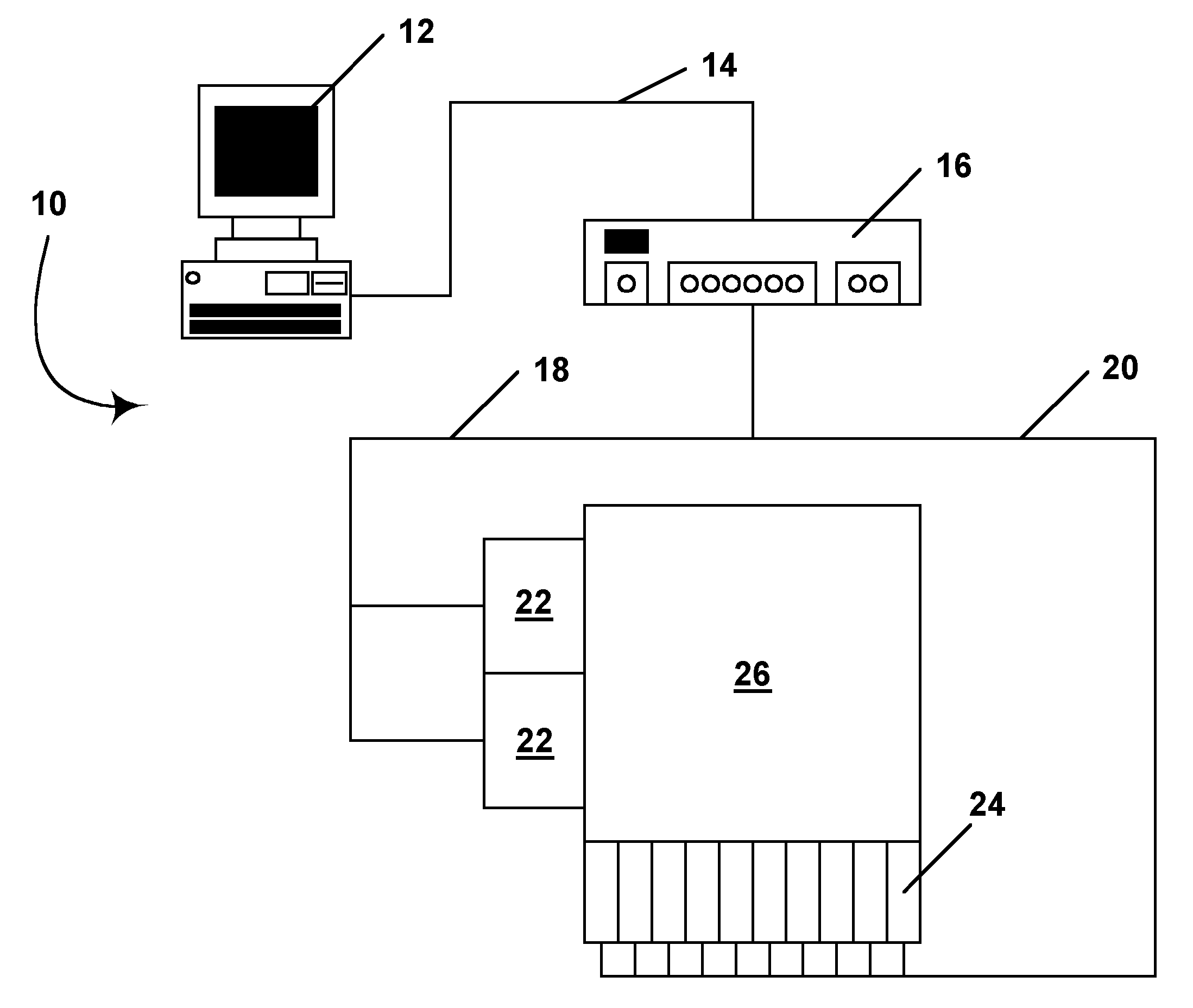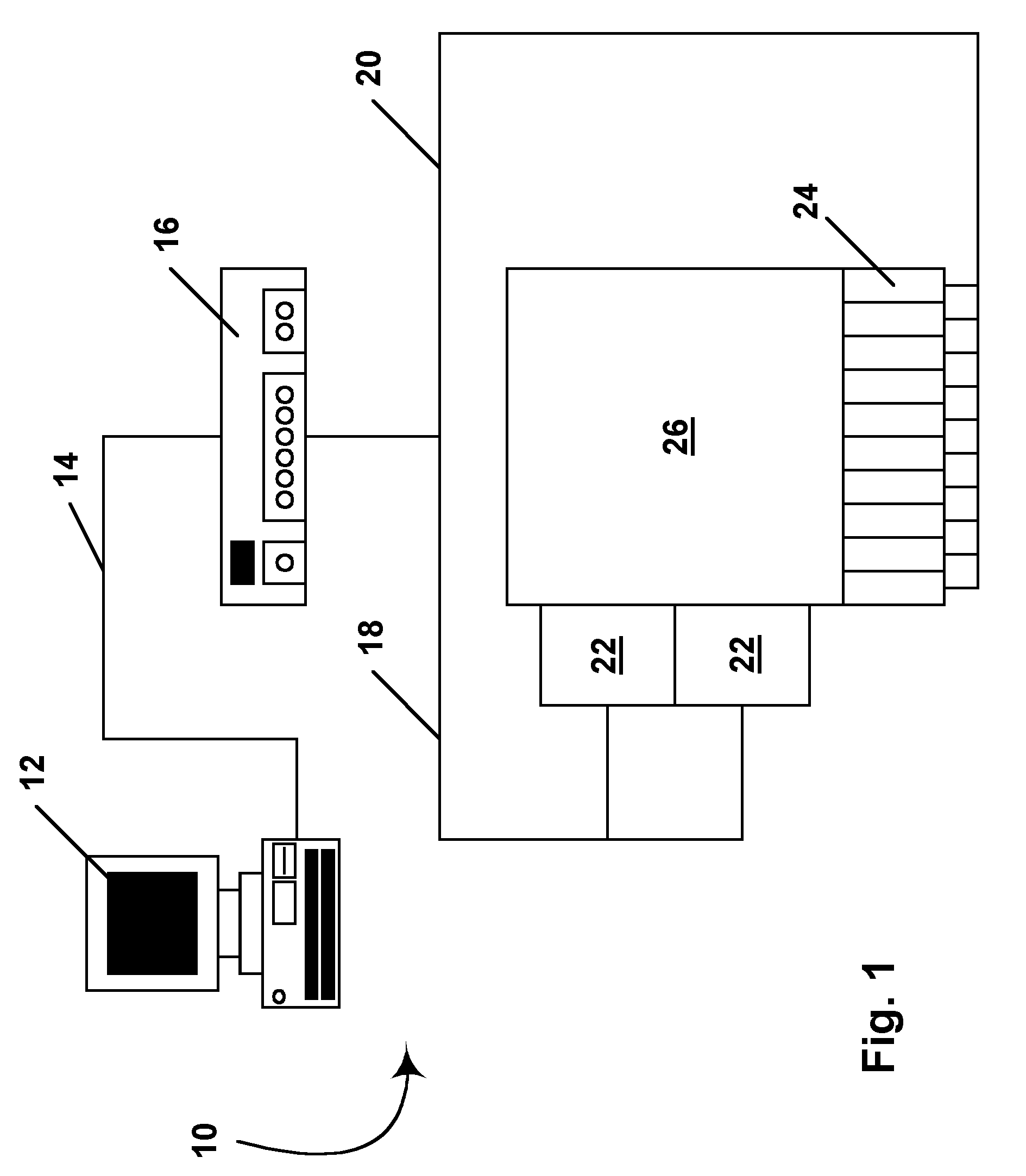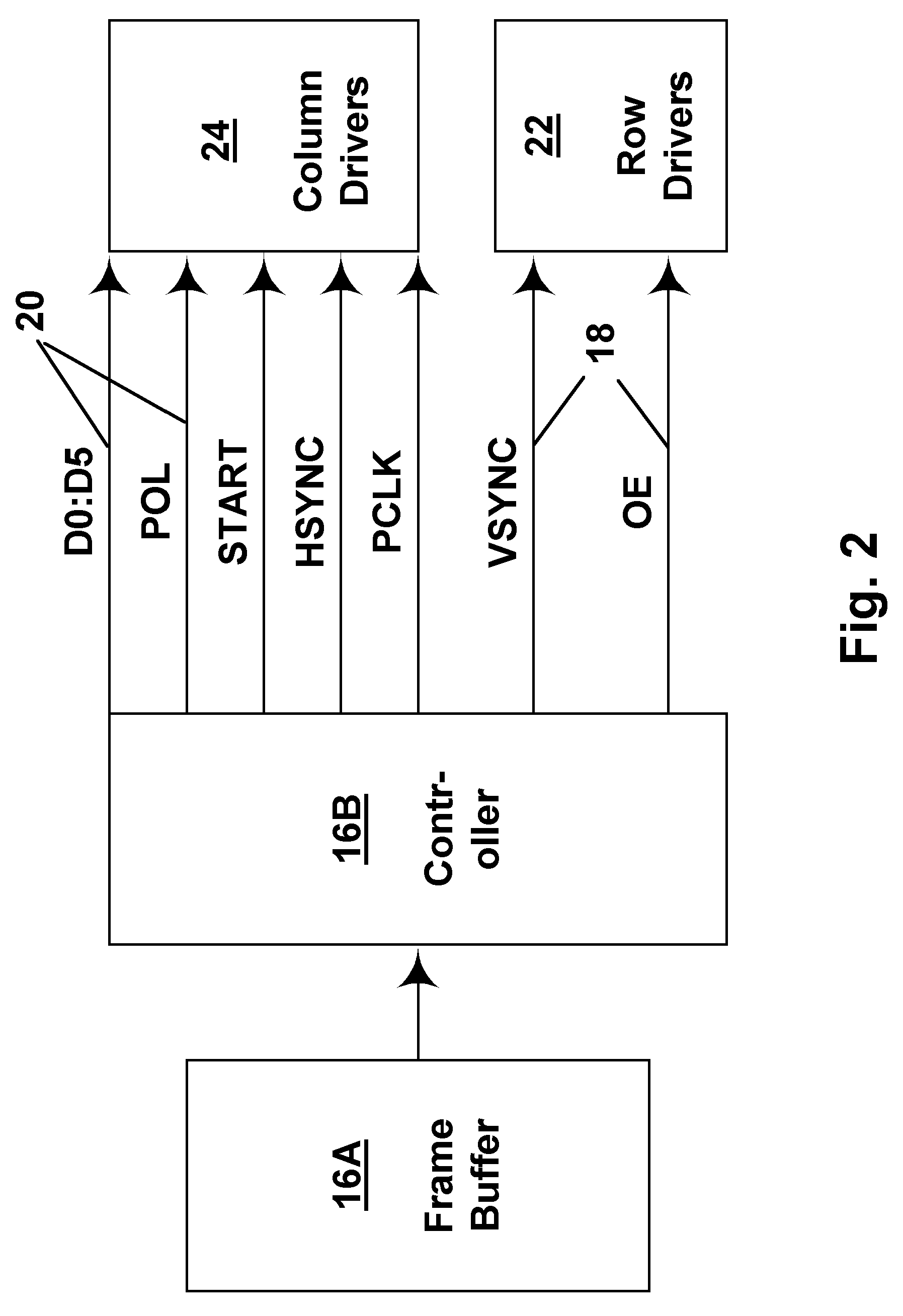Methods for driving electro-optic displays, and apparatus for use therein
a technology of electro-optic displays and apparatus, applied in optics, static indicating devices, instruments, etc., can solve the problems of inadequate service life of these displays, not necessarily, and preventing widespread use, and achieve the effect of reducing the remnant voltage of pixels
- Summary
- Abstract
- Description
- Claims
- Application Information
AI Technical Summary
Benefits of technology
Problems solved by technology
Method used
Image
Examples
Embodiment Construction
[0065] As already mentioned, the look-up table aspect of the present invention provides methods and controllers for driving electro-optic displays having a plurality of pixels, each of which is capable of displaying at least three gray levels. The present invention may of course be applied to electro-optic displays having a greater number of gray levels, for example 4, 8, 16 or more.
[0066] Also as already mentioned, driving bistable electro-optic displays requires very different methods from those normally used to drive liquid crystal displays (“LCD's”). In a conventional (non-cholesteric) LCD, applying a specific voltage to a pixel for a sufficient period will cause the pixel to attain a specific gray level. Furthermore, the LC material is only sensitive to the magnitude of the electric field, not its polarity. In contrast, bistable electro-optic displays act as impulse transducers, so there is no one-to-one mapping between applied voltage and gray state attained; the impulse (and...
PUM
| Property | Measurement | Unit |
|---|---|---|
| temperature | aaaaa | aaaaa |
| temperature | aaaaa | aaaaa |
| temperature | aaaaa | aaaaa |
Abstract
Description
Claims
Application Information
 Login to View More
Login to View More - R&D
- Intellectual Property
- Life Sciences
- Materials
- Tech Scout
- Unparalleled Data Quality
- Higher Quality Content
- 60% Fewer Hallucinations
Browse by: Latest US Patents, China's latest patents, Technical Efficacy Thesaurus, Application Domain, Technology Topic, Popular Technical Reports.
© 2025 PatSnap. All rights reserved.Legal|Privacy policy|Modern Slavery Act Transparency Statement|Sitemap|About US| Contact US: help@patsnap.com



